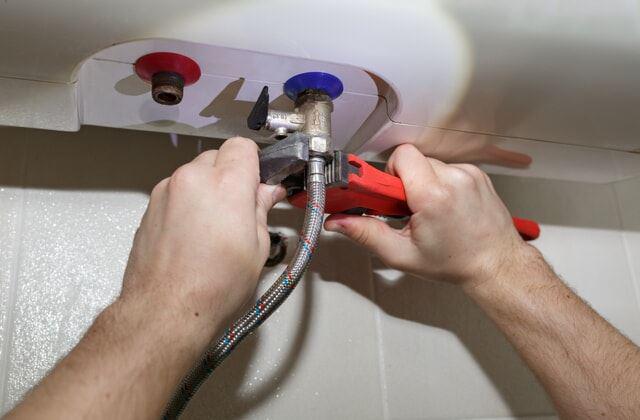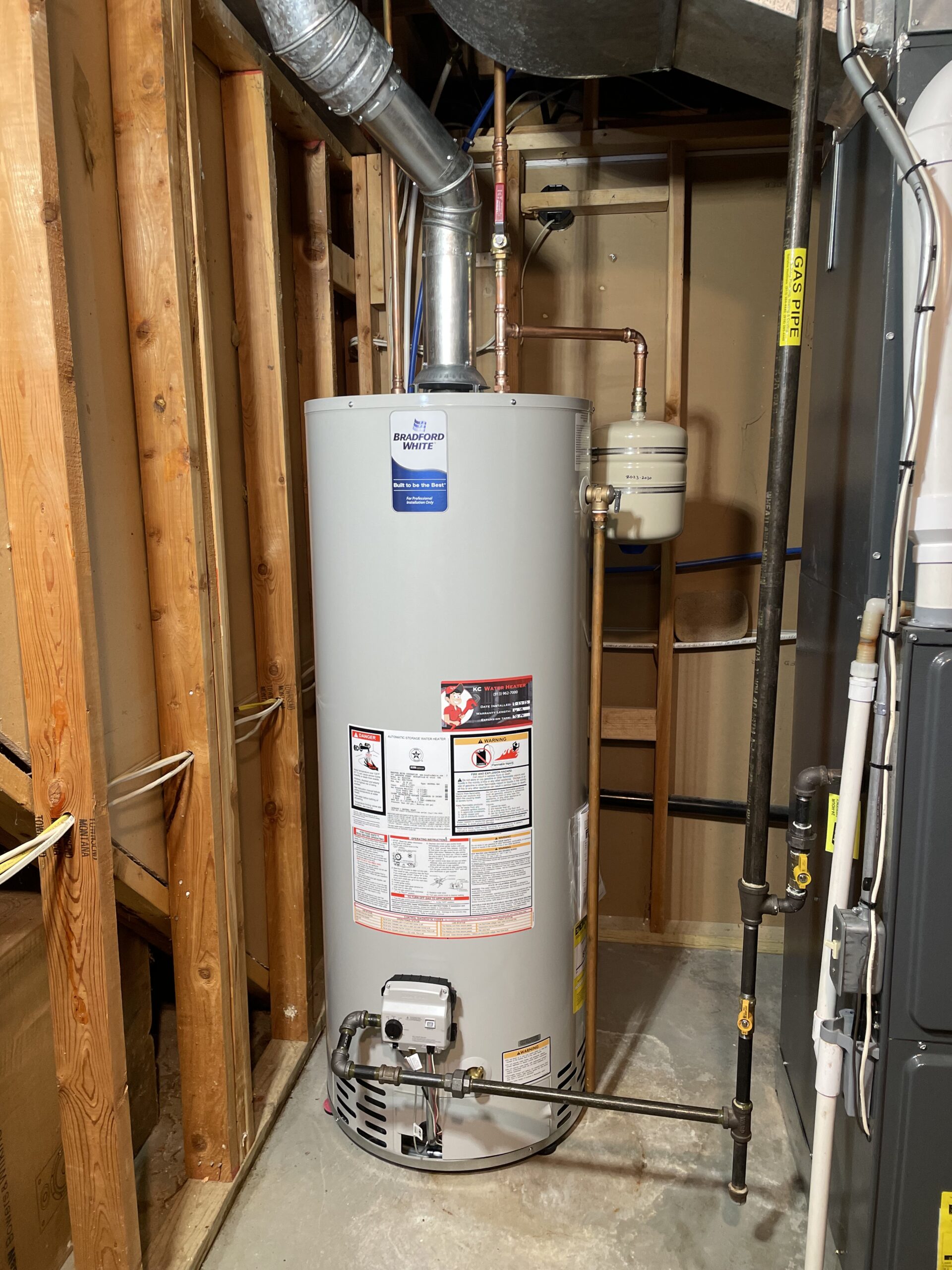Ensuring Longevity of Your Home's Hot Water System: Maintenance Tips
Ensuring Longevity of Your Home's Hot Water System: Maintenance Tips
Blog Article
What're your ideas on How to Maintain Your Water Heater & Prolong its Life?

Hot water is essential for daily convenience, whether it's for a refreshing shower or washing meals. To guarantee your warm water system runs effectively and lasts longer, normal maintenance is essential. This post offers useful ideas and understandings on exactly how to maintain your home's hot water system to stay clear of disturbances and pricey fixings.
Introduction
Keeping your home's warm water system may seem challenging, yet with a few simple steps, you can ensure it runs smoothly for years to find. This overview covers every little thing from understanding your hot water system to do it yourself upkeep pointers and knowing when to call in professional aid.
Importance of Keeping Your Warm Water System
Routine maintenance not just expands the life expectancy of your warm water system however also guarantees it operates successfully. Overlooking upkeep can cause decreased performance, higher power costs, and even early failure of the system.
Indicators Your Hot Water System Requirements Upkeep
Knowing when your hot water system requires focus can stop significant issues. Watch out for indicators such as inconsistent water temperature, odd noises from the heating system, or rusty water.
Recognizing Your Hot Water System
Before diving right into upkeep tasks, it's handy to understand the basic elements of your warm water system. Commonly, this consists of the water heater itself, pipes, anode rods, and temperature controls.
Regular Monthly Upkeep Tasks
Normal month-to-month checks can help catch minor problems prior to they intensify.
Purging the Hot Water Heater
Purging your hot water heater gets rid of debris accumulation, improving effectiveness and prolonging its life.
Monitoring and Changing Anode Rods
Anode rods avoid rust inside the tank. Inspecting and replacing them when worn is crucial.
Checking and Readjusting Temperature Level Settings
Adjusting the temperature setups makes certain optimum performance and safety.
Do It Yourself Tips for Upkeep
You can execute numerous upkeep jobs yourself to keep your hot water system in top condition.
Checking for Leaks
Frequently examine pipes and connections for leaks, as these can bring about water damages and greater costs.
Examining Stress Relief Valves
Checking the pressure safety valve guarantees it operates correctly and prevents excessive stress build-up.
Protecting Pipelines
Protecting hot water pipes lowers warmth loss and can conserve energy.
When to Call a Professional
While DIY upkeep is helpful, some concerns call for professional know-how.
Complex Problems Needing Expert Help
Instances include significant leakages, electrical problems, or if your hot water heater is constantly underperforming.
Routine Specialist Upkeep Benefits
Professional upkeep can include detailed assessments, tune-ups, and guaranteeing conformity with security criteria.
Verdict
Regular upkeep of your home's hot water system is necessary for effectiveness, long life, and cost financial savings. By complying with these tips and understanding when to seek expert aid, you can guarantee a reliable supply of warm water without unexpected disturbances.
How to Maintain an Instant Hot Water Heater
Before tinkering with your hot water heater, make sure that it’s not powered on. You also have to turn off the main circuit breaker and shut off the main gas line to prevent accidents. Also turn off the water valves connected to your unit to prevent water from flowing into and out of the appliance. 2. When you’re done, you have to detach the purge valves’ caps. These look like the letter “T†and are situated on either side of the water valves. Doing so will release any pressure that has accumulated inside the valves while at the same time avoid hot water from shooting out and burning your skin. 3. When the purge valves’ caps are removed, you have to connect your hosing lines to the valves. Your unit should have come with three hoses but if it didn’t, you can purchase these things from any hardware or home repair shops. You can also get them from retail stores that sell water heating systems. Read the user’s manual and follow it to complete this task properly. When the hosing lines are connected, open the purge port’s valves. 4. You should never use harsh chemical cleaners or solutions when cleaning your unit. Make use of white vinegar instead. It should be undiluted and you’ll probably use about 2 gallons. 5. Now flush your water heater. This task should probably take about 40 minutes. We can’t give you specific directions for this because the procedure is carried out depending on the type, model and brand of your heater. With that being said, refer to the user’s manual. 6. When you’re done draining the unit, you have to turn off the purge port valves again. Remove the hosing lines that you earlier installed on each of the water valves. Put the valve caps (purge port) back in their respective places and be very careful so as not to damage the rubber discs that are found inside these caps. 7. Now that everything’s back in place, check your user’s manual again to find out how to reactivate your water heating system. 8. Once it is working, turn one of your hot water faucets on just to let air pass through the heater’s water supply pipes. Leave the tap on until water flows smoothly out of it. https://www.orrplumbing.com/blog/2014/september/how-to-maintain-an-instant-hot-water-heater/

As a serious reader about Tips on Maintaining a Water Heater, I thought sharing that article post was a great idea. Kindly take the opportunity to promote this write-up if you appreciated it. Thanks for being here. Revisit us soon.
About This Report this page